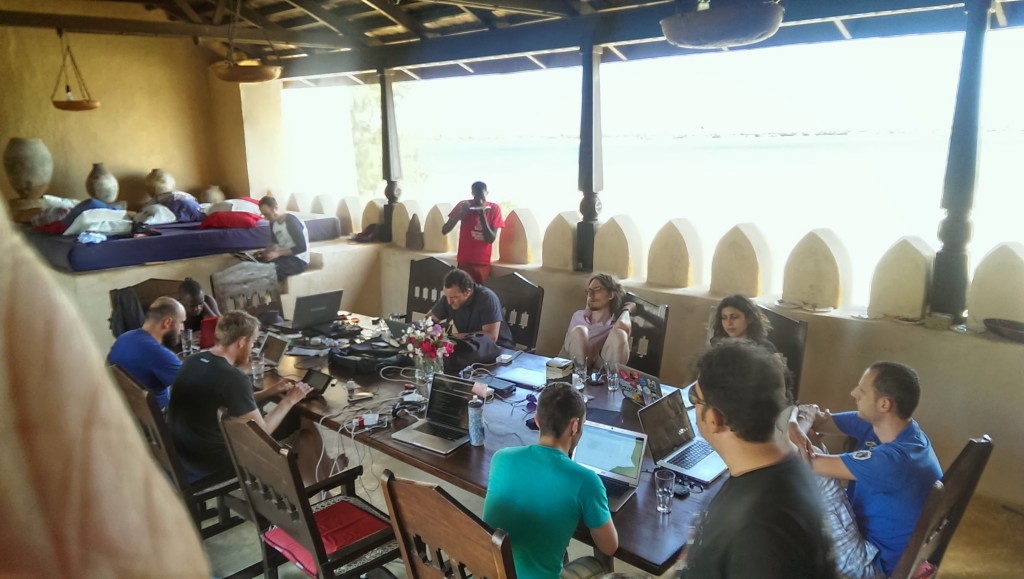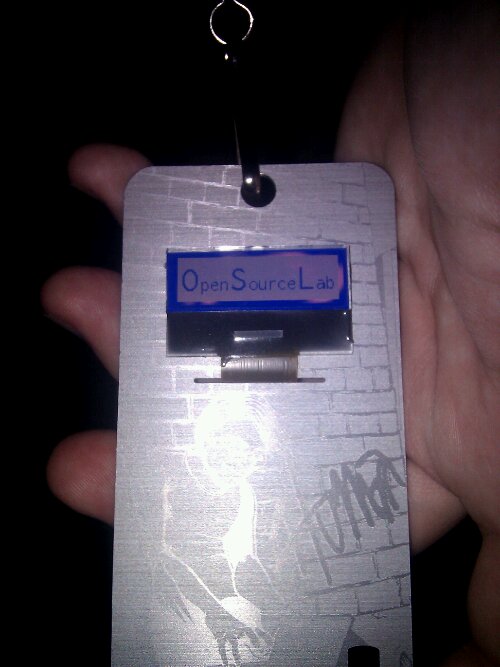Finding the perfect ancillary travel device

As would be familiar to anybody who knows me, I’m always interested in new tech, especially when it’s running free software and portable enough to be in my every-day carry arsenal.
For the past month or so I’ve been looking at a few devices as a secondary to my laptop to carry with me. In a few weeks I’ll be joining those already there at third installment of Hackerbeach, on the Caribbean island of Dominica.
